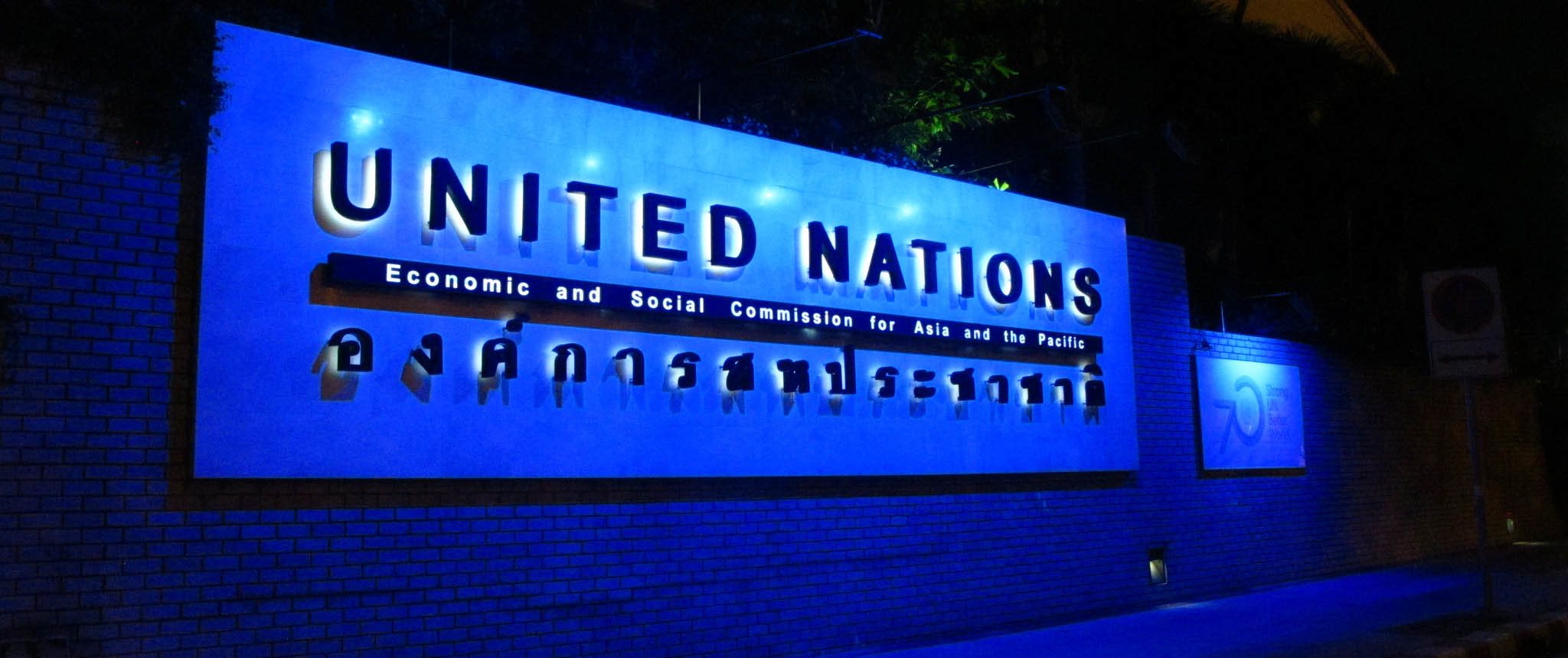The challenge fund instrument is designed to leverage the creative power and commercial instincts of financial service providers to overcome development challenges. The challenge fund, through the provision of competitively sourced matching grants, can overcome market failures that would otherwise prevent a grantee from making an initial investment, either from the cost of information discovery, costs of mitigating risks or simple lack of available funding.
Over the past fifteen years, challenge funds have become an established mechanism through which to incentivise the private sector to deliver social outcomes. They can be summarised as being:
- A competitive mechanism that places the burden of innovation on the private sector, thereby reducing moral hazard risks.
- Transparency of marketing and operations encourages competition, and can facilitate the most innovative concepts to be pursued at levels of shared risk.
- They incentivise the private sector to lessen its degree of risk aversion, changing projects from “no-go” to “go” and, in doing so, shift commercial goals closer to social objectives while retaining commercial viability. The change from “no-go” to “go” also ensures ‘additionality’ (i.e. not co-funding projects – with public funds – that would have gone ahead anyway).
- They are a cost-effective way of casting a wide net, to pick up ideas from diverse sources across the financial sector, MNOs, financial technology firms and NGOs, to come up with new ideas and to take good ideas to scale.
- By requiring co-investment, SHIFT can ensure that grantees also have something to lose if the project fails (something lacking from a pure grant mechanism). This aspect reduces moral hazard.
- They can facilitate broader change in the market by incentivising solutions on the demand side, as well as with financial suppliers, and by encouraging others to respond to the needs of the market to develop the enabling environment.
- By building monitoring, evaluation and learning into the fund design, the challenge fund can feed back information on what does and does not work into later competitions, and into the market as a whole.
- They are extremely flexible instruments that can evolve over time and use different challenges/windows to overcome specific challenges (e.g. under-provision of services to women).
The major weakness of the challenge fund instrument, when poorly directed at a strategic level, is that it can be a scattergun approach that finances a lot of individual projects, but is less impressive in terms of a holistic approach to changing the ecosystem. If the goal of the challenge fund is purely to find and fund innovation, then this is not a problem. However, SHIFT does not want to move the innovation frontier per se, but to move the access frontier as well, to include another 1 million people in financial services. Placing the funding facility at the heart of a broader market systems programme means that systemic change in the ecosystem is far more attainable, and desirable.
As the Fund Facility is expected to work in the relatively under-developed financial, legal and regulatory environments of the CLMV, it is important to ensure that the greatest amount of flexibility is afforded to the project. A simple instrument design, encumbered with as few operational constraints as possible (without lessening the overall governance quality of the project), is the best way to proceed in such a challenging, complex and mutating environment of the CLMV.
The main instrument for the SHIFT Fund Facility will be the challenge fund. The challenge fund instrument is designed to leverage the creative power and commercial instincts of financial service providers to overcome the risks of operating in markets where the policy environments may be weak, infrastructure poor and the profits uncertain to risk purely commercial capital outlays to test new business models and products to improve financial inclusion. Furthermore, the perceived risks are often also high, due to information asymmetries. Whereas developed countries are well served with information on virtually all financial market segments, the low income countries of the CLMV are not, particularly not on the lower market segments. Inaccurate perceptions of risk and reward, therefore often deter financial sector providers from engaging with these low income customers.
Thus the challenge fund, through the provision of competitively sourced matching grants, can overcome market failures that would otherwise prevent a grantee from making an initial investment, either from the cost of information discovery, costs of mitigating risks or simple lack of available funding.




